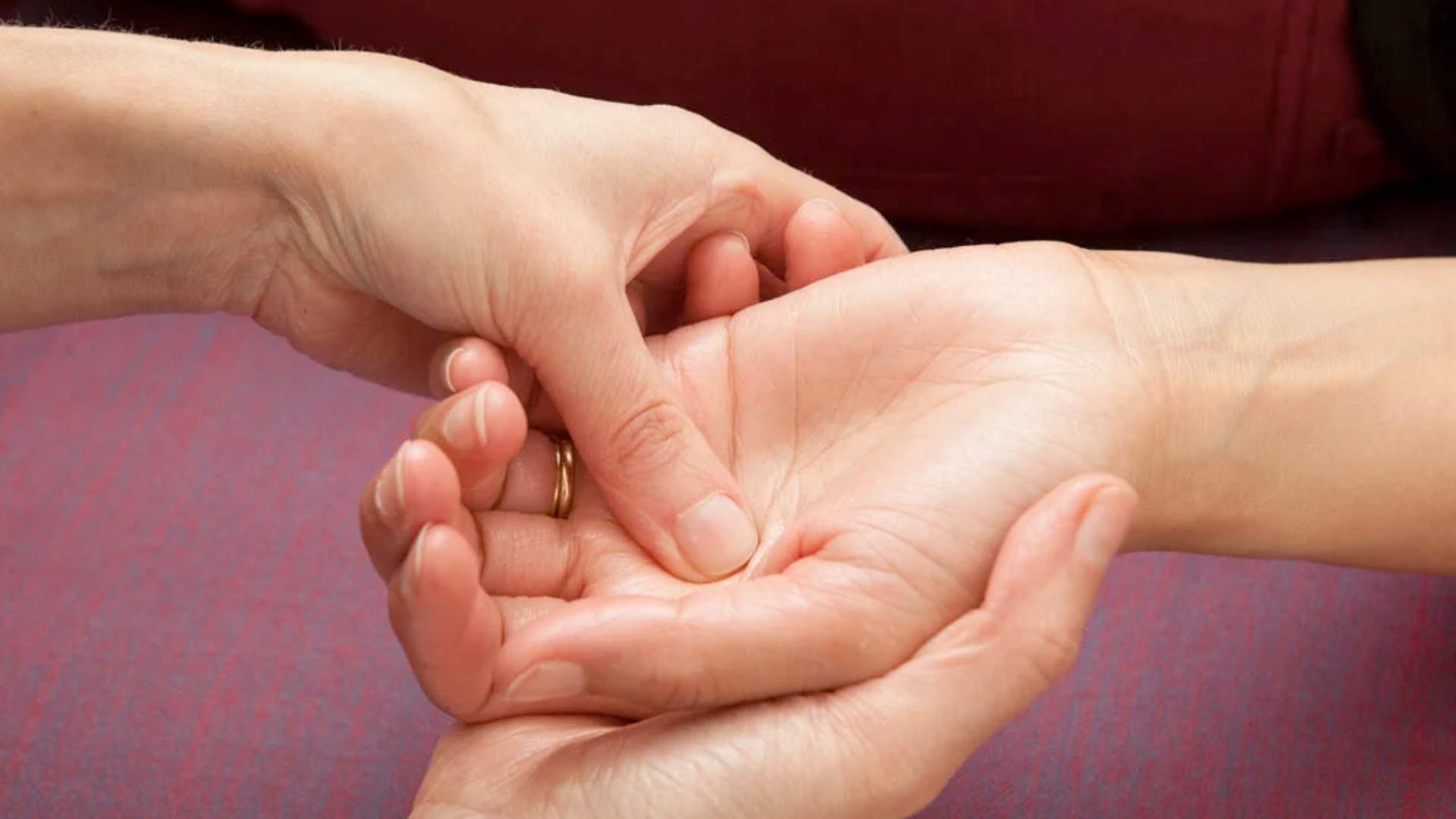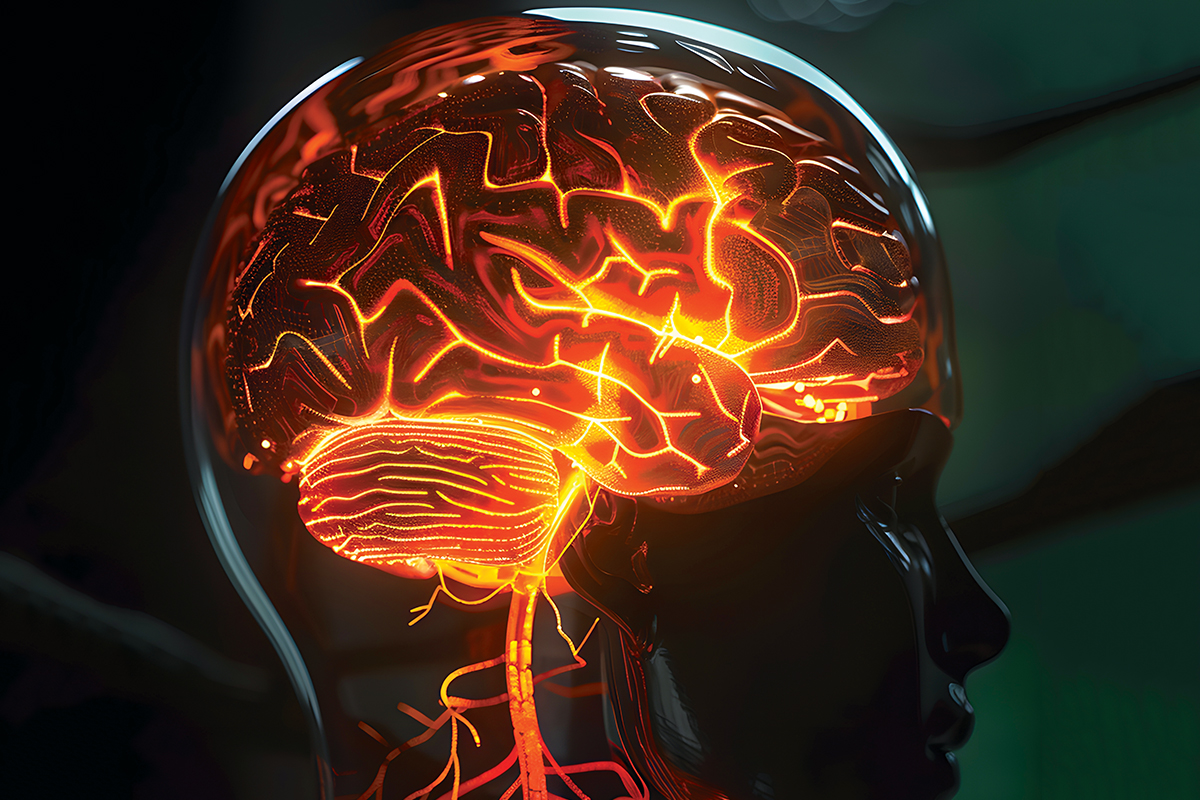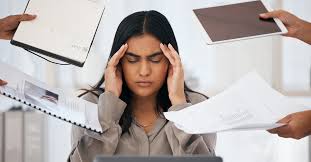Understanding Menstrual Pain and PMS
Menstrual cramps and PMS (Premenstrual Syndrome) affect millions of women worldwide, yet many still consider these painful symptoms as just a regular part of their monthly cycle. It’s common to hear that pain and discomfort are “normal” during menstruation.
However, these conditions often involve underlying imbalances in the body that can be alleviated through alternative therapies such as Shiatsu and reflexology. These therapies, rooted in traditional practices, offer women a natural solution for period pain relief and emotional support during PMS.
So, why should women continue to endure these painful experiences when there are alternative, non-invasive treatments that can help?
What Causes Menstrual Cramps & PMS?
Understanding what causes menstrual cramps and PMS is essential for addressing these conditions effectively. Hormonal fluctuations, particularly the rise and fall of estrogen and progesterone, play a significant role in triggering the physical and emotional symptoms of PMS.
As your body prepares for menstruation, it produces prostaglandins—chemicals that cause uterine contractions. High levels of prostaglandins lead to stronger contractions, which can result in menstrual cramps.
In addition to hormonal triggers, stagnation in the liver and tension in the body also contribute to these conditions. Liver stagnation is a common cause of PMS symptoms, as the liver is responsible for processing excess hormones and toxins. When the liver’s function is impaired, it can lead to mood swings, irritability, and bloating.
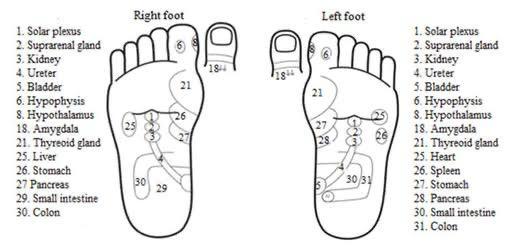
On the other hand, muscle tension, especially around the abdominal area, can intensify the feeling of cramping during menstruation. Understanding these causes helps in recognizing the holistic approach required to alleviate these discomforts.
How Pressure Point Therapy Helps
Pressure point therapy, which includes Shiatsu and reflexology, targets specific areas of the body to bring relief from menstrual cramps and PMS. Both therapies are based on the concept that the body’s energy pathways can be accessed through specific points on the body, and stimulating these points can restore balance and promote healing.
Shiatsu, a form of Japanese bodywork, focuses on applying pressure to energy points along the body’s meridians. Shiatsu therapy for PMS focuses particularly on supporting the liver and spleen, both of which play a vital role in regulating hormonal balance and detoxification.
By targeting points that correspond to these organs, Shiatsu can help relieve the tension and stagnation that exacerbate menstrual cramps.
In reflexology for cramps, pressure is applied to reflex points on the feet, hands, and ears that correspond to the uterus and hormone centers. Reflex zones for the uterus and ovaries are especially important in addressing menstrual issues.
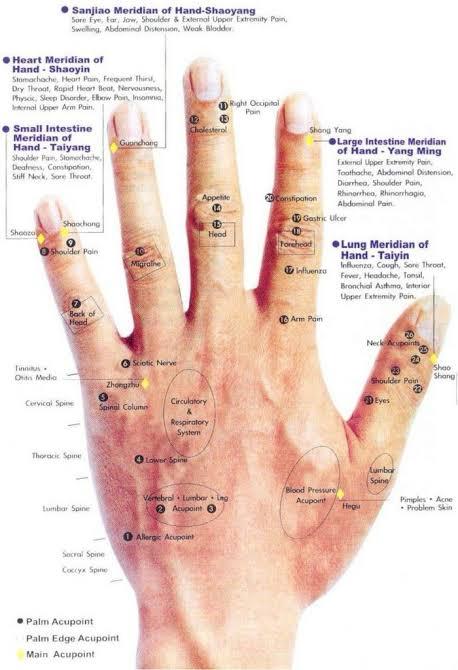
Stimulating these points can promote better circulation, enhance hormone regulation, and reduce pain by releasing endorphins—natural painkillers produced by the body. By utilizing these therapies, women can find natural relief from the discomfort and symptoms of menstruation.
Benefits Reported by Women
Women who have experienced Shiatsu and reflexology report significant improvements in their menstrual health. One of the most commonly reported benefits is lighter pain during menstruation. As pressure points are stimulated, the intensity of uterine contractions is reduced, leading to a decrease in cramps and a shorter duration of pain.
Shorter cycles are another benefit. Many women find that after regular treatments, their menstrual cycles become more regular and less severe, thanks to the improved balance in their hormonal system. By addressing stagnation and hormonal imbalances, Shiatsu and reflexology can help to reset the body’s natural rhythm.
Mood swings and irritability, common symptoms of PMS, are also notably reduced with regular therapy. The soothing nature of Shiatsu therapy and the calming effect of reflexology provide emotional balance, helping women feel more relaxed and in control of their emotions during their menstrual cycle.
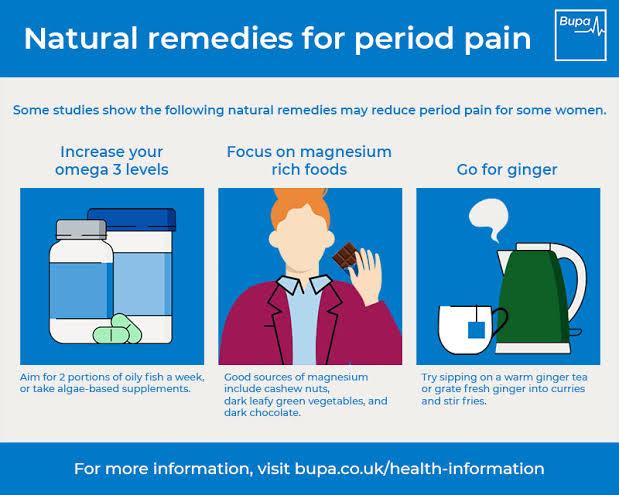
The deep relaxation achieved through these therapies not only reduces PMS symptoms but also contributes to overall well-being and stress management.
Therapy Format & What to Expect
If you are considering Shiatsu or reflexology for menstrual cramps and PMS, understanding the format of these therapies can help you prepare. Shiatsu sessions typically last between 30 and 60 minutes, and the therapist will use their fingers, palms, and sometimes elbows to apply pressure to specific points along the body’s energy pathways.
The pressure can vary in intensity depending on the specific area being treated and the severity of the symptoms. Many women find the experience deeply relaxing and even fall asleep during their session.
Reflexology sessions are generally around 45 minutes to an hour long. During a reflexology session, the therapist will apply pressure to specific reflex points on the feet, hands, or ears.
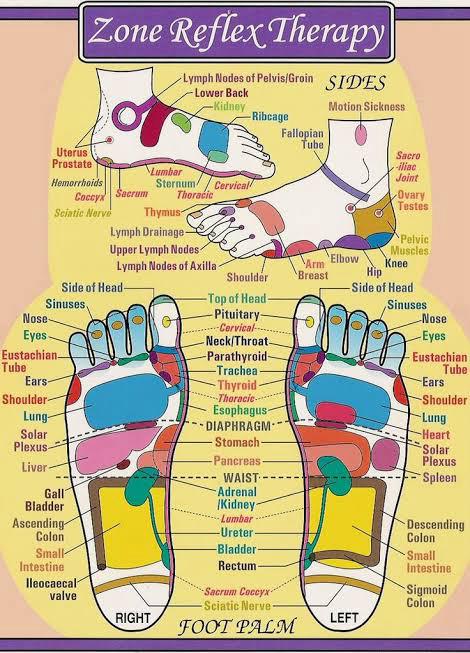
Reflexologists use their thumbs, fingers, and palms to apply varying levels of pressure, which may cause some discomfort, especially if the points are particularly sensitive. However, the pressure should not cause pain and should be manageable.
After the therapy, it’s important to drink plenty of water to help flush out toxins and hydrate the body. You may feel a sense of lightness and relaxation, but some women experience mild soreness after a session, especially if they are new to this type of therapy.
It’s recommended to avoid strenuous activities for a few hours after the session to allow the body to adjust.
For long-term benefits, regular sessions are suggested, typically once a week leading up to and during the menstrual cycle. With consistent treatment, many women find that their symptoms become much more manageable over time.
Empowering Women Through Natural Care
For women suffering from menstrual cramps and PMS, finding natural, effective relief is empowering. Shiatsu and reflexology provide non-invasive, holistic solutions that address the root causes of these conditions, rather than merely masking the symptoms.
By stimulating specific pressure points, these therapies promote hormonal balance, enhance circulation, and reduce tension, offering women the opportunity to experience less pain, shorter cycles, and improved emotional well-being.
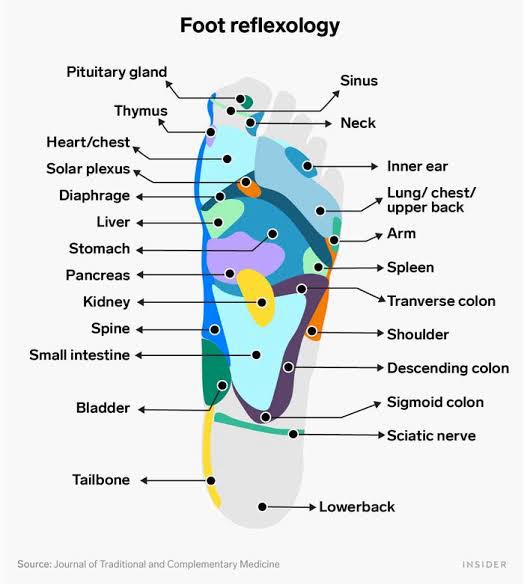
Empowering women to take control of their menstrual health through natural care is an essential step toward enhancing quality of life. It’s time to stop accepting discomfort as “normal” and embrace the healing potential of Shiatsu and reflexology.
With these therapies, women can reclaim their cycles and restore balance to their bodies, naturally and effectively.
Frequently Asked Questions on shiatsu therapy
What is Shiatsu therapy?
Shiatsu therapy is a Japanese bodywork technique that involves applying pressure to specific points along the body’s energy pathways, known as meridians, to promote healing and balance.
How does reflexology work?
Reflexology involves applying pressure to specific points on the feet, hands, or ears that correspond to different organs and systems in the body. This practice helps to improve overall health and restore balance.
Can Shiatsu help with menstrual cramps?
Yes, Shiatsu therapy can help alleviate menstrual cramps by targeting pressure points related to the uterus and hormonal balance, reducing pain and promoting better circulation.
What are the benefits of reflexology for PMS?
Reflexology can help reduce PMS symptoms by stimulating reflex points that influence hormonal regulation, promoting relaxation, and improving mood and circulation.
How long do Shiatsu sessions last?
A typical Shiatsu session lasts between 30 to 60 minutes, depending on the therapist and the individual’s needs.
Are there any side effects of reflexology?
Reflexology is generally safe and non-invasive, though some individuals may experience mild soreness or tenderness in the areas where pressure was applied. These effects are usually temporary.
How does Shiatsu reduce stress?
Shiatsu helps reduce stress by promoting deep relaxation, improving blood circulation, and balancing the body’s energy, which helps to calm both the mind and body.
What are the main differences between Shiatsu and reflexology?
While both Shiatsu and reflexology involve applying pressure to specific points on the body, Shiatsu focuses on meridians and uses different techniques like finger and palm pressure, whereas reflexology targets specific reflex points, mainly on the feet and hands.
Can Shiatsu be used as a complementary therapy for fertility?
Yes, Shiatsu therapy can be used as a complementary therapy to support fertility by improving circulation, balancing hormones, and reducing stress, which are essential factors for reproductive health.
Is reflexology safe during pregnancy?
Reflexology is generally safe during pregnancy, but it is important to consult with a qualified practitioner who can tailor the treatment to avoid any pressure points that may trigger uterine contractions.
How often should I have Shiatsu therapy for menstrual cramps?
For menstrual cramps, it is recommended to have Shiatsu therapy once a week, especially in the days leading up to and during your menstrual cycle.
What does a reflexology session feel like?
A reflexology session involves the application of gentle to moderate pressure on specific points. It may feel relaxing, and some areas might be more sensitive than others, but the pressure should always remain comfortable.
Does Shiatsu help with bloating and digestive issues?
Yes, Shiatsu can help alleviate bloating and digestive issues by targeting pressure points related to the digestive system, promoting better digestion and reducing discomfort.
How does reflexology help with mood swings?
Reflexology helps reduce mood swings by balancing the nervous system and promoting the release of endorphins, the body’s natural mood-boosting chemicals.
Are there any risks associated with Shiatsu therapy?
Shiatsu is generally considered safe for most people, but those with certain conditions like fractures, skin infections, or severe health issues should consult with a healthcare provider before receiving treatment.
How soon will I notice results from reflexology?
Some people may feel immediate relief after just one session, while others might need a series of treatments to notice significant improvements in symptoms like menstrual cramps or mood swings.
Can Shiatsu help with chronic pain?
Yes, Shiatsu therapy can help with chronic pain by addressing the underlying tension and energy imbalances that contribute to pain, promoting relaxation and relief.
What is the role of the liver in Shiatsu therapy for PMS?
In Shiatsu, the liver is believed to play a key role in hormonal balance and detoxification. By stimulating points related to the liver, Shiatsu can help ease PMS symptoms such as irritability and bloating.
How do reflexology and Shiatsu compare to traditional medicine?
While Shiatsu and reflexology focus on natural healing through pressure points and energy flow, traditional medicine often relies on medication or surgery. Both approaches can complement each other, but they offer different methods of treatment.
Can Shiatsu help with headaches and migraines?
Yes, Shiatsu can help alleviate headaches and migraines by addressing tension in the neck and shoulders, as well as improving circulation to the head and neck area.
How can I prepare for a reflexology session?
To prepare for a reflexology session, it is recommended to avoid heavy meals and wear comfortable clothing, as the therapy is usually done while you are seated or lying down.

